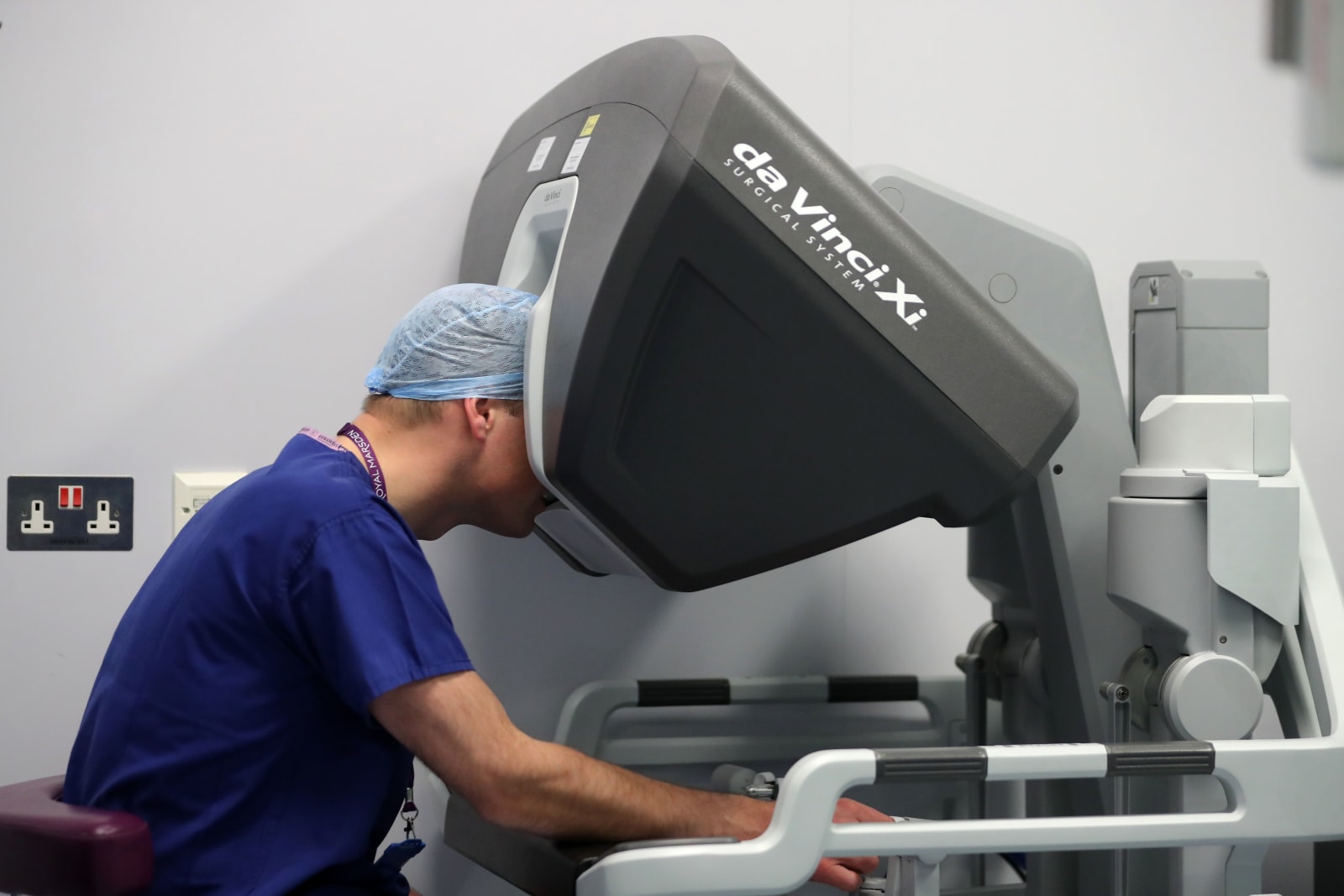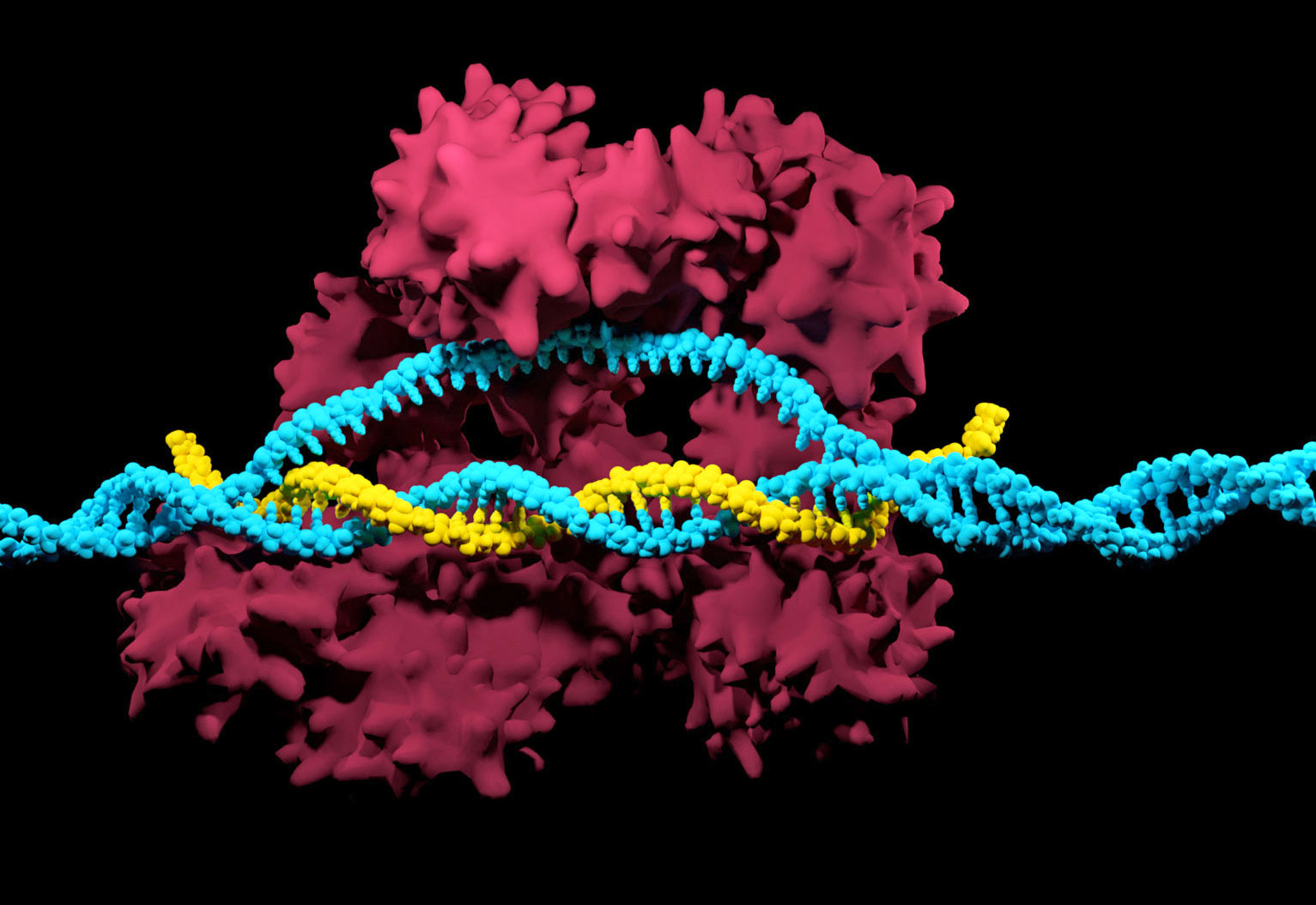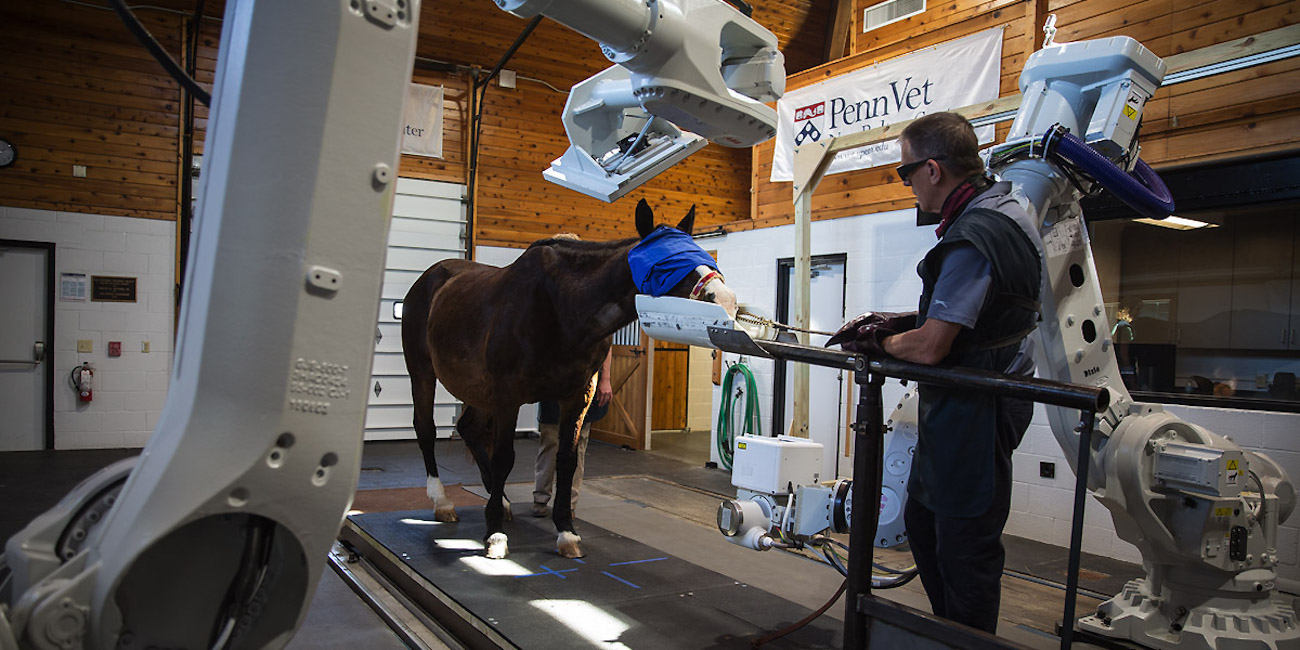Tag Archives: UniversityOfPennsylvania
Penn doctors perform the first robot-assisted spinal surgery
 Surgical robots are capable of feats that even the most skilled doctors can't manage, and the University of Pennsylvania just offered a textbook example. The school has confirmed that it performed the first-ever robot-assisted spinal surgery, using D...
Surgical robots are capable of feats that even the most skilled doctors can't manage, and the University of Pennsylvania just offered a textbook example. The school has confirmed that it performed the first-ever robot-assisted spinal surgery, using D...
First human CRISPR study in the US could begin soon
 In mid-2016, A federal panel had greenlit the University of Pennsylvania to pursue the first trials using CRISPR gene-editing in the US. It seems the institution has quietly gotten the ball rolling and could theoretically start the study at any time:...
In mid-2016, A federal panel had greenlit the University of Pennsylvania to pursue the first trials using CRISPR gene-editing in the US. It seems the institution has quietly gotten the ball rolling and could theoretically start the study at any time:...
ICYMI: The US Marines want your robots
 Today on In Case You Missed It: The US Marine Corps announced its latest Innovation Challenge for robots that can handle dull, dirty or dangerous work autonomously, leaving humans free for more important tasks. Meanwhile the University of Pennsyl...
Today on In Case You Missed It: The US Marine Corps announced its latest Innovation Challenge for robots that can handle dull, dirty or dangerous work autonomously, leaving humans free for more important tasks. Meanwhile the University of Pennsyl...
ICYMI: Racecar drivers are being replaced by computers
 Today on In Case You Missed It: Formula E racing is gearing up for new robo-races with the DevBot, a hybrid vehicle that can be driven by a computer rather than a person. Meanwhile, researchers at the University of Pennsylvania tested injecting a...
Today on In Case You Missed It: Formula E racing is gearing up for new robo-races with the DevBot, a hybrid vehicle that can be driven by a computer rather than a person. Meanwhile, researchers at the University of Pennsylvania tested injecting a...
ICYMI: Robot running buddy, mechanical sea life and more
 Today on In Case You Missed It: A horse-sized, standing CT scanner has been invented to keep your equine pals from being tranquilized before images are taken; a sea urchin mouth was used as inspiration for a robot that could be sent to Mars to coll...
Today on In Case You Missed It: A horse-sized, standing CT scanner has been invented to keep your equine pals from being tranquilized before images are taken; a sea urchin mouth was used as inspiration for a robot that could be sent to Mars to coll...
Equine CT scanner can peek inside standing, conscious horses
 Horses are majestic creatures, but one thing they are not is tiny. Well, not for long, anyway. That creates a problem for equine medicine. When an animal weighs just under an imperial ton and is six-foot tall at the shoulders, there's only so much a...
Horses are majestic creatures, but one thing they are not is tiny. Well, not for long, anyway. That creates a problem for equine medicine. When an animal weighs just under an imperial ton and is six-foot tall at the shoulders, there's only so much a...
Napster co-founder’s new institute aims to beat cancer
 Sean Parker is known for many things: co-founding Napster, joining Facebook in its early days, starting charities and creating his share of technology startups. If all goes well, though, he'll also add "helped cure cancer" to that list. He just found...
Sean Parker is known for many things: co-founding Napster, joining Facebook in its early days, starting charities and creating his share of technology startups. If all goes well, though, he'll also add "helped cure cancer" to that list. He just found...
RHex robot uses leaping ability to do ‘Parkour’ (video)
It's easy for a robot to perform in a sterile lab environment, but only a select few devices -- like Boston Dynamics notorious AlphaDog -- have proven themselves in the wild. However, the University of Pennsylvania's X-RHex Lite has also made that leap, as it were, and a new video shows just how talented it's become. In it, the droid puts all of its running, jumping and grabbing talents together to perform flips, chin-ups and even Parkour-like moves over campus obstacles. The researchers hope it'll perform rescue missions or research in tough environments one day, but until then, gaze in awe at the video after the break.
Filed under: Robots
Via: Gizmag
Source: University of Pennsylvania
X-RHex Lite robot leaps across gaps in a single bound (video)
Move aside, Sand Flea, you're not the only jumping robot in town. The researchers over at the University of Pennsylvania have taught their little six-legged X-RHex Light to make leaps and bounds as well, making it one of a few bots to both run and jump effectively. While it can't spring as high as the Boston Dynamics critter, the X-RHex can cross gaps with not just a bound but a running gait, given enough room. It can also flip itself over, climb onto a ledge with a double hop and perform a leaping grab to something as high as 73 centimeters (28.74 inches). The X-RHex itself isn't new; the curved-legged contraption has been around for at least a couple years, and even sported a cat-like tail for balance at one point. Still, the fact that the hefty 6.7 kilogram (14.8 pound) machine can now somersault through the air is a quite a victory, and one that reminds us of the impending robocalypse. Check the video below to see the bouncy guy in action.
Source: IEEE Spectrum

